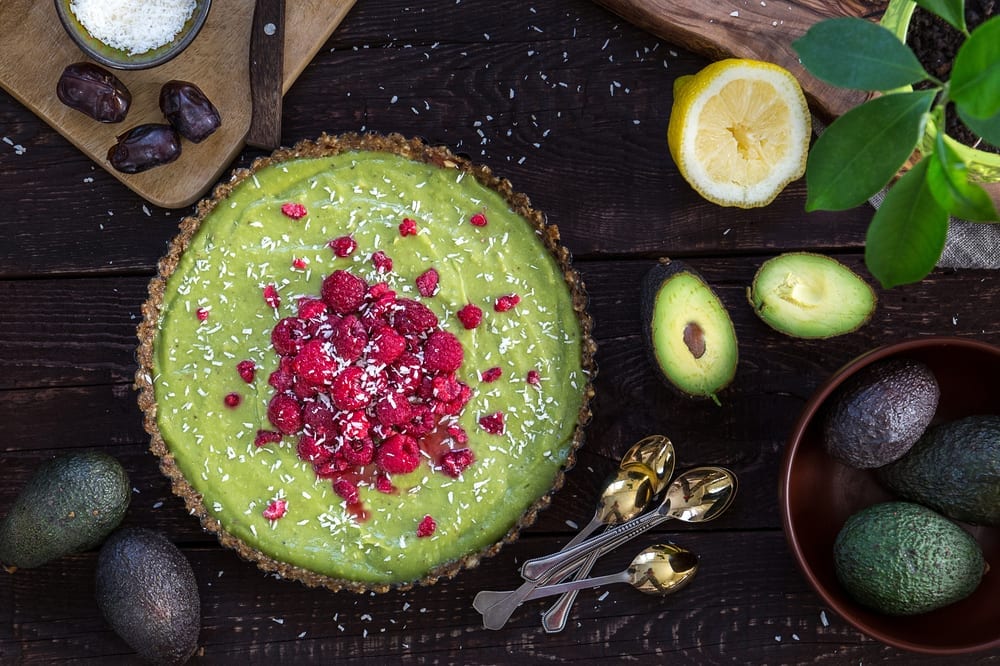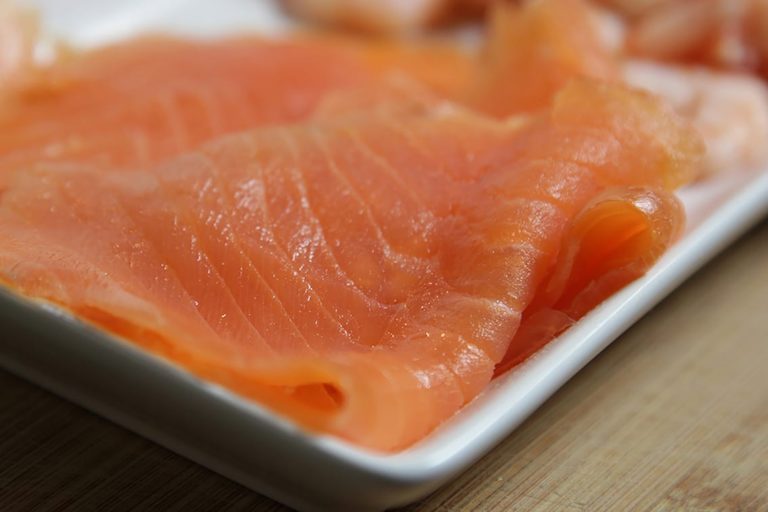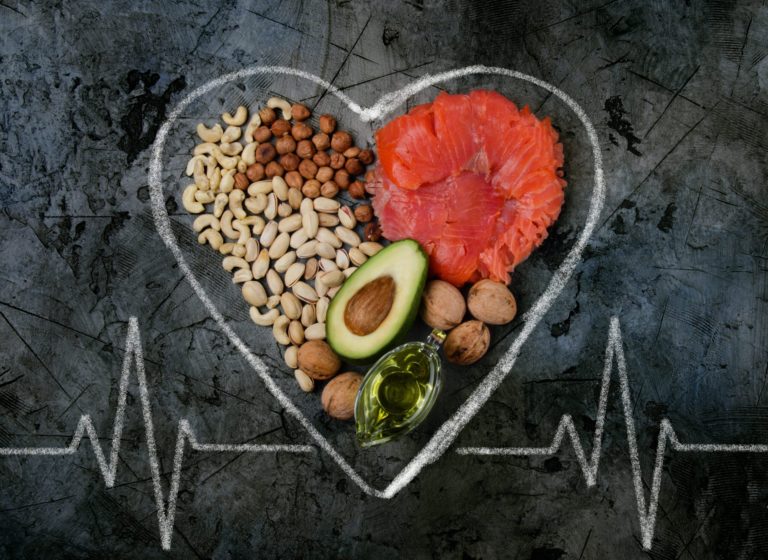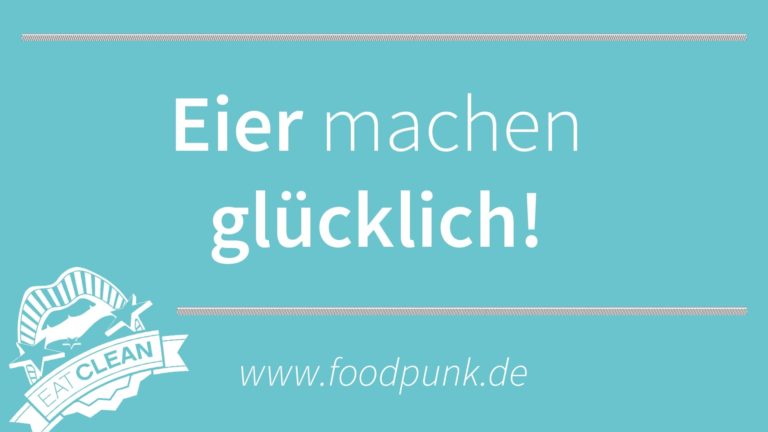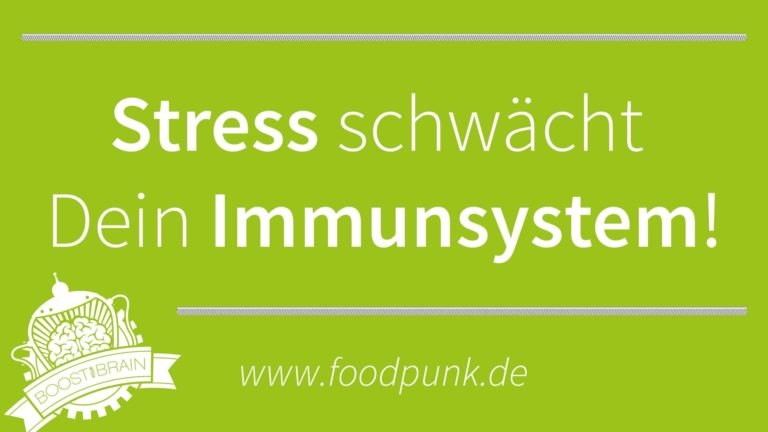AIP stands for “autoimmune protocol” and is a type of nutritional intervention in the wake of the Paleo diet. Foods that are associated with autoimmune diseases, intolerances or other health problems (fatigue, digestive problems, headaches, …) are eliminated from the diet plan for a certain period of time. Not quite sure what Paleo nutrition means? In this case, it is advisable to browse our article “All about the Paleo diet” as a basis.
2. what is the aim of the AIP?
The aim of the AIP is to improve mentioned complaints and to find out in the long run which foods are good for one’s body or not.
Du möchtest dich auch gesünder ernähren?
3. how does the AIP work?
To clarify this question, it is important to know that the basis of an autoimmune protocol is always the Paleo diet. The AIP is a kind of deepening of this form, but it is by no means followed for a lifetime (nor should it be). It can be done for a period of time, but always returns to a “normal” Paleo diet tailored to your needs. In plain language, this means the following:
An AIP consists of two phases: Elimination Phase and Introduction Phase.
In the elimination phase, foods suspected of promoting autoimmune diseases or the like are omitted. This phase can last between one and three months. During this time, the body gets a time out from all foods that could “stress” it. Meanwhile, however, he is spoiled by healthy foods with many nutrients – virtually the ultimate nutrient boost. In this elimination phase, complaints due to diseases or intolerances should become less.
This is followed by the introductory phase. It is not possible to assign a specific time frame to this phase – but a few months are very likely. Here, individual foods are gradually put back on the menu. The body continues to feel good? Super! This food can return to the shopping basket on a regular basis. Re-introduced foods cause headaches, fatigue or other discomfort? Uncool. This food seems to be disliked by the body and should rather be avoided in the future.
Once the two phases are complete, you follow a normal Paleo diet again. However, this form is adapted to your own needs. People have probably found foods during the autoimmune protocol that will be put back on the plate in the future, as well as foods that will be eliminated from the menu. Maybe in the future eggs can go back into the shopping bag, while the nuts prefer to stay on the shelf. Hello Paleo 2.0.
In summary, the AIP can be presented as follows:
- Basis: Paleo diet.
- Elimination phase: foods that potentially cause health problems are avoided. Duration: 1-3 months.
- Introduction phase: Foods that have been avoided are gradually eaten again and tested for tolerance. Duration: Varies, usually several months.
- Paleo 2.0: Paleo nutrition adapted to your personal needs.
What foods are eaten during the AIP?
- Vegetables (a lot and nice and colorful!)
- Meat
- Fish and seafood
- Fruit
- High-quality fats (e.g. olive oil, coconut oil)
- Naturally fermented foods (e.g. kombucha)
All these foods should be of good quality and thus rich in many nutrients.
What foods are not eaten during AIP?
- Cereal products
- Dairy products
- Legumes
- Sugar and sweeteners
- Alcohol
- Artificial additives
- Vegetable fats (except olive and coconut oil)
- Junk and fast food
- Nuts
- Eggs
- Solanaceous plants and their spices (e.g. tomato, eggplant, paprika, curry)
- Seeds (e.g. coffee, anise, chia)
- High fructose fruit
Foods suspected of promoting health problems.
5. who is the AIP suitable for?
The autoimmune protocol is suitable for people who struggle with autoimmune diseases – such as Hashimoto’s, multiple sclerosis or Crohn’s disease. It can also help people prone to allergies to detect possible triggers and thus go through life with less discomfort. Constant headaches, fatigue, digestive problems or general malaise? Perhaps an undiscovered food intolerance is the trigger. You can look for the personal “bad guy” (or “bad guys”) among the food and thus declare war on the protests of the body.
A healthy, nutrient-rich diet is a super foundation for anyone. But we are not all the same and what is good for one may not be so good for the next. Therefore, it may well be worthwhile to concoct your diet that is right for you by specifically avoiding and reintroducing certain foods.
Despite everything, there is one important thing to remember: You can achieve a lot of positive things with the right diet. Healthy nutrition shreds. However, it cannot cure everything. Should one suffer from an autoimmune disease or similar, consultation with a physician is definitely advisable. Other additional treatment options must also be considered to achieve the best results in the long run.
Let’s summarize this briefly. It may be worthwhile to test the autoimmune protocol for the following:
- Autoimmune diseases such as Hashimoto’s disease
- Allergies
- Indigestion, malaise, headache, …
- Attention! Nutrition is a very effective tool to improve diseases and conditions. Nevertheless, it should never be the only approach to achieve long-term improvement. It cannot replace medical treatment.
6. autoimmune diseases and nutrition
How are autoimmune diseases and nutrition related?
Admittedly, this relationship is very complex and its detailed explanation is beyond the scope of this article. Nevertheless, we would like to give you the most important information about it in the following. Let’s start with autoimmune diseases: In these diseases, the immune system attacks its own body. Actually harmless substances or tissues are considered dangerous and are therefore fought by the immune system. Various triggers are thought to be responsible for this immune system frenzy – primarily genetic predisposition and various environmental factors. The latter include, for example, stress, infections or (watch out!) our diet. We cannot change our genes (fortunately) and we do not choose our own infections. However, we can influence our immune system somewhat with the food we eat. This is good news!
This is exactly where the autoimmune protocol comes in. Said inflammation should be alleviated and discomfort improved. Since this approach is relatively new, many positive experience reports speak at present above all for the testing of this nourishing concept. However, in 2017, the first autoimmune protocol study was also published: by following an AIP, the symptoms of people with inflammatory bowel disease were greatly improved after 6 weeks.1 This study shows how strong the link between diet and health can be and gives hope that the autoimmune protocol can be used to improve health conditions related to the immune system.
7. how many carbohydrates are you allowed to eat during AIP?
The amount of carbohydrates that may be eaten per day is basically not fixed in the autoimmune protocol. Again, the rule is: do what works best for you. The basis is a Paleo diet. Here, the focus is on eating healthy, nutrient-rich foods. The amount of carbohydrates eaten is very individual and rather secondary.
An AIP can be designed just as individually. You like to exert yourself at Crossfit and therefore need enough energy? No problem. Your AIP can include enough carbohydrates for your sports program. You are an absolute low carb advocate to whom a low level of carbohydrates is very important? Also no problem. You can eat the amount of carbohydrates that you are most comfortable with and that you feel most comfortable with.
8. how do I approach the AIP?
Would you like to test the autoimmune protocol yourself, but don’t know how best to go about it? Admittedly, the list of food no-goes may seem a bit intimidating at first glance. Don’t let that stop you! The autoimmune protocol is preceded by a Paleo diet, which primarily avoids grain and dairy products, as well as processed and unnatural products. The autoimmune protocol just tightens things up a bit more: eggs, nightshade vegetables, nuts and seeds, and high-fructose fruits are also cut out. This step is not too big anymore, especially if you only want to do it for about 4 weeks. Jumping into AIP without the Paleo foundation, on the other hand, is a very drastic step and therefore not necessarily recommended. Get your body used to sugar and additive deprivation before diving into the depths of AIP. Then the step to the elimination phase will certainly become easier.
Clearly, this is no child’s play. But look at it this way: Maybe you can go through everyday life with less discomfort afterwards? With this outlook, a few weeks is a piece of cake and definitely worth a try. And there is one thing you must not forget: You don’t have to go hungry during the AIP. You can colorfully forage through the vegetable garden, treat yourself to a delicious steak and put many more foods on your plate. You’ll be amazed at the variety of AIP foods available if you look for them.
9. recipes suitable for AIP
If you’re short on ideas for AIP-compliant dishes, here are some delicious things you can recreate at home. In our app, we’ll be happy to create an AIP-compliant plan for you.
Always stay up to date with our Newsletter.
Sources:
Image: shutterstock.com / Ksenija Toyechkina
(1) Konijeti GG, Kim NM, Lewis JD, Groven S, Chandrasekaran A, Grandhe S, Diamant C, Singh E, Oliviera G, Wang X, Molparia B, Torkamani A (2017). Efficacy of the Autoimmune Protocol Diet for Inflammatory Bowel Disease. Inflamm Bowel Dis, 23; 11.
(2) Manzel A, Mueller DN, Hafler DA, Erdmann SE, Linker RA, Kleinewietfeld M (2014). Role of “Western Diet” in Inflammatory Autoimmune Diseases. Curr Allergy Asthma Rep, 14:404 DOI 10.1007/s11882-013-0404-6.
